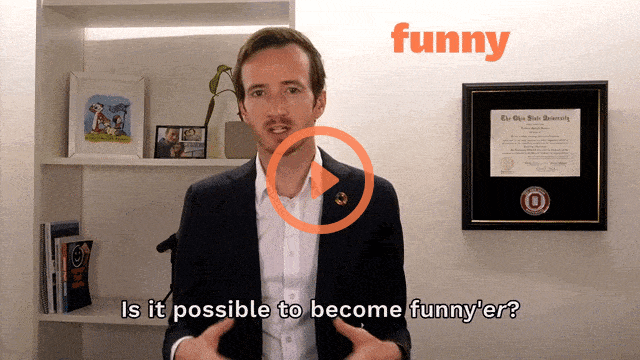
The secret to engaging presentations is to use metaphors, essentially doing metaphor presentations. Metaphors improve understanding and retention of your material. Metaphor presentations are also a great way to show off top notch presentation skills.
So, how do you find a good metaphor?
What makes metaphor presentations great?
What Makes a Good Metaphor
Not all metaphors are created equal. Some can help you explain every detail of your presentation topic, while others barely provide any benefit.
What makes for a good metaphor? While there is no exact science, there are some guidelines:
- It Should Simplify – The metaphor should actually simplify your topic, not make it more cumbersome to understand.
- Your Audience Should Get It – An amazing metaphor relating a new reporting system to thermodynamics isn’t helpful if your audience doesn’t understand thermodynamics. That’s not say your metaphor has to speak for itself–you can explain what it is you are relating to, but the audience should be able to get it with only a brief explanation.
- It Should Be Extendable – The best metaphors are those that you can extend throughout your presentation, simplifying each individual component and then bringing it together all at the end.
How to select a Metaphor for Metaphor Presentations
The biggest barrier to using metaphors in a presentation is actually finding one that will work for your topic. We don’t have all day to think of different metaphors and apply them to our work; we do have to actually get the work done. But taking time now to ensure your audience understands what you’re saying will save you a lot of time, and trouble, in the future.
Generating ideas isn’t that difficult. The first step to finding an appropriate metaphor is limiting your brainstorming–there are only so many references that can adequately describe a new reporting system.
Some helpful hints in brainstorming metaphors:
- Think of Things Everyone Knows – The best metaphors are those that require little explanation. Relating to things people already know well makes your job easier. Some common concepts most people already understand include cars (dashboard, engines, overall design), cities, computers, technology, pop-culture, and sports.
- Think About What You Are Presenting – Oversimplify what it is you are presenting or proposing and get down to it’s most basic level–is it a change in process, a revolutionary product, a way to simplify? Then think of something that at it’s root level is the same. Compare the change from one system to another to the transition of newspapers to online news sites. Compare the new product to the iPod. Compare the simplification to a car dashboard.
- Think About What You Know – A metaphor that requires hours of research to pull off correctly can be too time-consuming to actually use. Think of the things you know well, or are passionate about. I often use stand-up and improv comedy concepts as metaphors because I love comedy, it’s interesting for the audience, and I know it.
Once you have a narrowed list of possibilities, you can just apply the guidelines for a good metaphor and choose one. You don’t have to find the perfect metaphor, just one that highlights your key points.
And not every aspect of the metaphor need apply–many people reference pyramids as an example of how a strong base is important to the overall structure, but few mention that the pyramids of Egypt were made by slaves. It doesn’t mean the pyramid isn’t analogous, just that it isn’t a perfect metaphor.
Applying Your Metaphor for Engaging Presentations
After you’ve decided on the metaphor, applying it to your topic is the easiest part. You can do this by examining each of the high-level items of your proposal (title slides, paragraph headings, etc) and mapping it to your metaphor.
From there, you’ll find you can express your metaphor in natural ways in your presentation or writing. The end result? A better presentation that is engaging and improves retention and understanding.
How do you pick the metaphors you use in your presentations? Checkout the article Simple Presentation tip of using Metaphors. If you want to learn more, checkout our article on 5 Ways to Energize an Audience.



I need a metaphor to present a case of a couple to my lectures